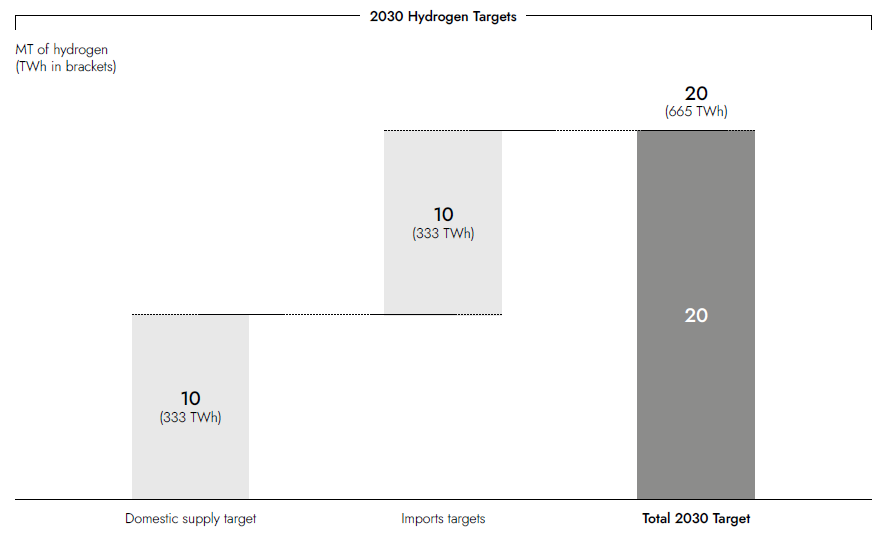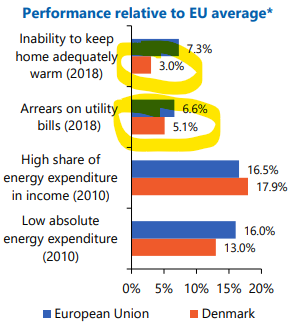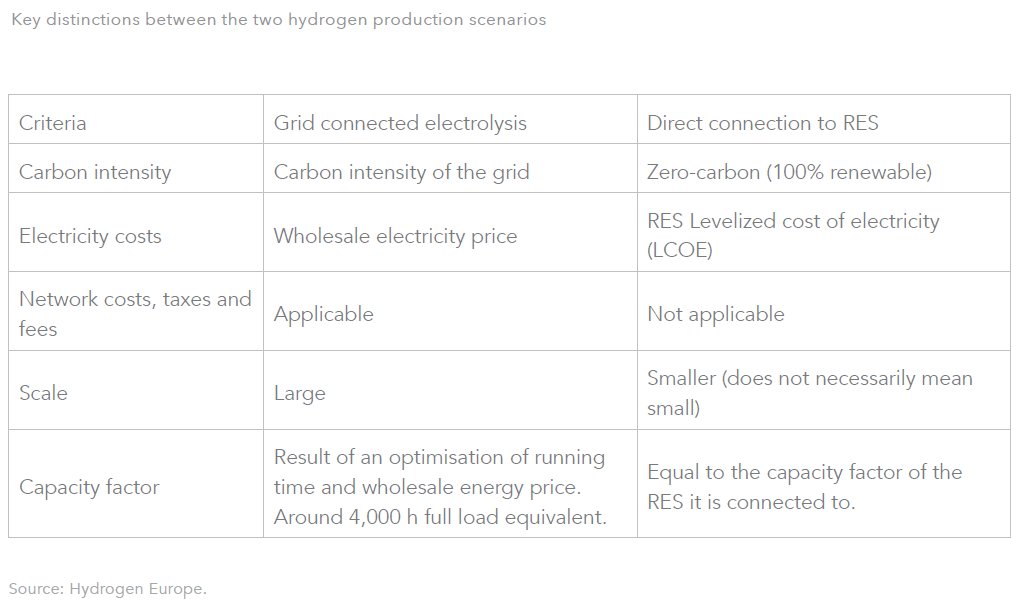
Programme Lead EU Climate & Energy Policy @AgoraEW working towards a fossil-free future. German-American. Brussels based. Tweets in EN/DE. Views my own.
How to get URL link on X (Twitter) App


 Nowhere was 20 Mt of H2 found to be a realistic goal! Lets start with the European Commission's own modelling for REPowerEU, which yields only 16 Mt in 2030 based largely on external modelling assumptions driven by the political target itself.
Nowhere was 20 Mt of H2 found to be a realistic goal! Lets start with the European Commission's own modelling for REPowerEU, which yields only 16 Mt in 2030 based largely on external modelling assumptions driven by the political target itself.



 .@bEEmerkenswert: Bei Häusern mit einer relativ neuen Gas oder Ölheizung (Max 10 Jahre) sollte mit einer auf drei Jahre befristeten Solarbooster-Sonderförderung zur Nachrüstung mit Solarthermie angereizt werden, um bis zu 25-50% des fossilen Brennstoffeinsatzes zu vermeiden.
.@bEEmerkenswert: Bei Häusern mit einer relativ neuen Gas oder Ölheizung (Max 10 Jahre) sollte mit einer auf drei Jahre befristeten Solarbooster-Sonderförderung zur Nachrüstung mit Solarthermie angereizt werden, um bis zu 25-50% des fossilen Brennstoffeinsatzes zu vermeiden. 
https://twitter.com/andreasgraf/status/1564860130063273985This follow announcements by @Viessmann that they will be investing €1 billion in the development and production of heat pumps over the next three years, including €200 million for a new production site in Poland employing 1700 people.
https://twitter.com/andreasgraf/status/1499347675518545920?s=20&t=mXvKefSjH4_Pg4L1cPPA8Q

https://twitter.com/fbirol/status/1499339734371426304?s=20&t=SsicViYD46iQzfvuF4EEIw
 1. No new gas supply contracts with Russia
1. No new gas supply contracts with Russia

https://twitter.com/GreenpeaceAT/status/1499310031409496071?s=20&t=SsicViYD46iQzfvuF4EEIw1. Immediate gas exit package


https://twitter.com/pleh_mann/status/1499290028261920772?s=20&t=SsicViYD46iQzfvuF4EEIw1. We – Germany and Europe – should reduce dependence on Russian energy imports as much as possible in the short and medium term.


 1. 'More heat extracted from geothermal wells since lower temperatures of the geothermal fluid can be returned to the ground.'
1. 'More heat extracted from geothermal wells since lower temperatures of the geothermal fluid can be returned to the ground.' 

 E.g. 1kWh of gas in a boiler produces at best 0.95 kWh of heat. On average it's closer to 0.85 kWh. 1kWh of gas in a CHP plant powering heat pumps and feeding into a district heat network generates 1.41 - 1.61 kWh of heat depending on the temperature - close to a 2:1 advantage.
E.g. 1kWh of gas in a boiler produces at best 0.95 kWh of heat. On average it's closer to 0.85 kWh. 1kWh of gas in a CHP plant powering heat pumps and feeding into a district heat network generates 1.41 - 1.61 kWh of heat depending on the temperature - close to a 2:1 advantage. 

 But if you put the cost of a feed-in tariff hydrogen blending where it would belong - namely on the gas supplier and gas customers - you would also effectively increase the cost of fossil gas through an implicit CO2-price. IRENA estimates the same blending =+0.5Eurocents/kWh.
But if you put the cost of a feed-in tariff hydrogen blending where it would belong - namely on the gas supplier and gas customers - you would also effectively increase the cost of fossil gas through an implicit CO2-price. IRENA estimates the same blending =+0.5Eurocents/kWh.




 You know what Romania and Bulgaria have in common when it comes to energy taxation? Effective carbon taxes close to €0 per tonne.
You know what Romania and Bulgaria have in common when it comes to energy taxation? Effective carbon taxes close to €0 per tonne.





https://twitter.com/H2Europe/status/1314230705786941442This table provides an overview of the two schematic production scenarios. For both scenarios, key techno-economic parameters of the electrolysis were adopted based on current state-of-the-art 10,000 kW alkaline electrolysis.


 Current hydrogen demand is largely concentrated in a handful of applications, in particular diesel fuel refining and ammonia production for fertilizers.
Current hydrogen demand is largely concentrated in a handful of applications, in particular diesel fuel refining and ammonia production for fertilizers. 

https://twitter.com/andreasgraf/status/10707502821565194262/ Energy related emissions account for 79% of EU GHG emissions and includes the production of electricity & heat generation, and fuel combustion in industry, buildings, transport & agriculture. Other GHG emissions come from agriculture, waste & non-energy industy processes.




https://twitter.com/andreasgraf/status/10693790296759828482/ Transport represents around a third of the final energy consumption in the EU. All sectors have seen emissions reductions since 1990, with the exception of transport, which has increased by nearly +25%. The currently dominant transport technologies rely on oil based fuels.





https://twitter.com/phil_offenberg/status/10695726602109337632/ The publication identifies 10 key trends in total, which I will try to summarize here in condensed form. However, I encourage you to also take a closer look at the publication and follow @EPSC @phil_offenberg @AndouraSami if you are interested in digging deeper.